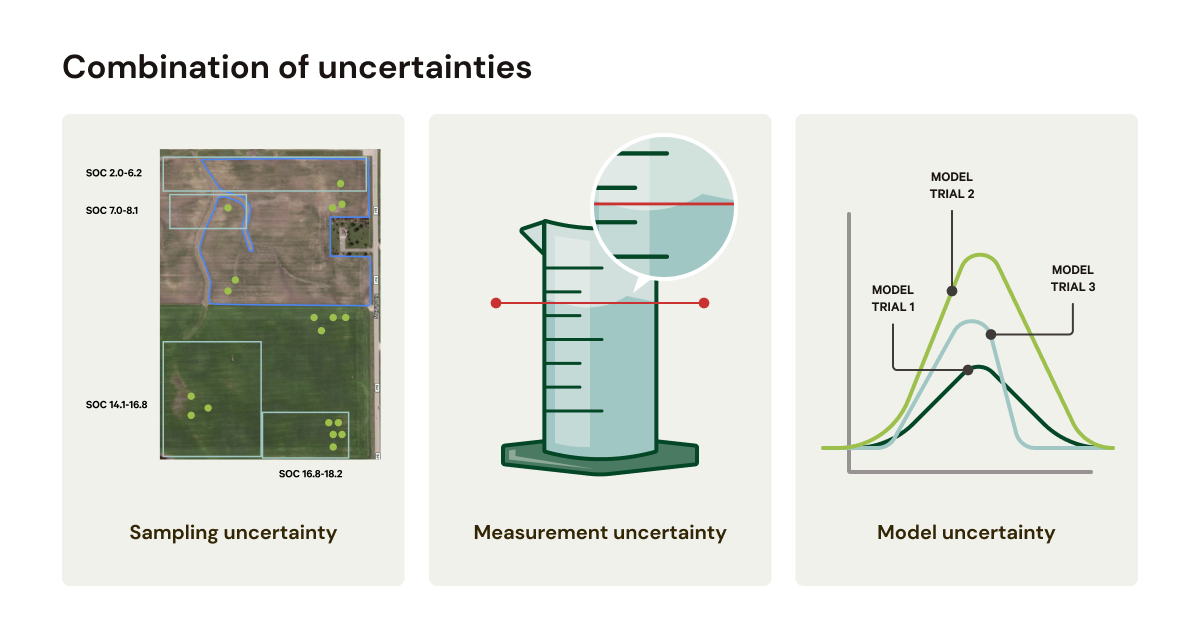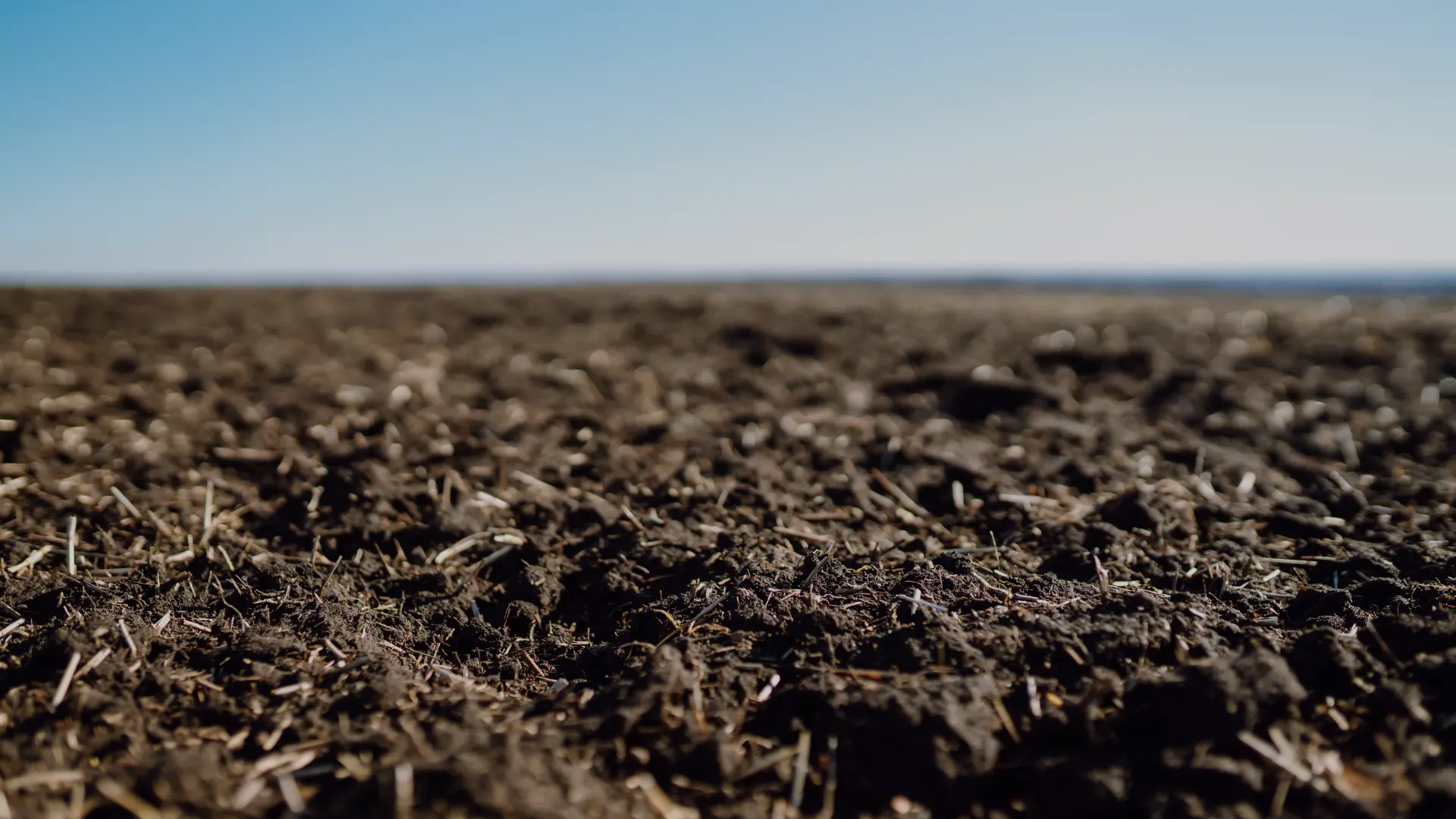In the pursuit of a sustainable future, the agricultural sector has emerged as a key player in mitigating climate change. Organizations are now employing various strategies to reduce their carbon footprint, from direct emissions reduction to supply chain collaborations. One prominent approach is the use of carbon credits, which can be classified as either "offsets" or "insets." These credits are valuable tools in incentivizing climate-smart farming practices and fostering a more environmentally conscious approach to agriculture.
Carbon markets are crucial in the transition to agriculture resilience
Today, carbon markets play a valuable role in supporting farmers and businesses in their transition to sustainable practices. Voluntary carbon markets offer a platform for companies and individuals to trade carbon credits and support a diverse range of objectives, from promoting climate-smart farming to reducing overall carbon emissions.
In order to be effective, carbon credits (the value traded in carbon markets) must be calculated accurately and with scientific rigor. Without accurate calculations, carbon credits have less value in the marketplace, which means less incentive for farmers to implement sustainable practices.
Carbon credits are verified through reputable third-party organizations, such as the Climate Action Reserve (CAR), Verra, and Gold Standard. These registries establish widely accepted standards for determining acceptable carbon credits, ensuring transparency and accountability within the system. Here, we’ll explore the most widely accepted methods for carbon credit calculation and discuss the uncertainties inherent in this type of estimation.
The 3 useful methods for carbon credit calculation
Carbon credit quantification involves three main methods. The first is the "measure-measure" approach, where researchers collect numerous soil samples to estimate soil carbon stock across a field. The second method relies on models to estimate soil organic carbon, either using statistical models or complex process-based models. This approach, known as the "model-model" method, is scientifically rigorous and cost-effective. The third method, the "model-measure" approach, is a hybrid that combines measurements and modeling for more accurate and cost-efficient results.
Regrow employs a hybrid model-measure approach through the use of the De-Nitification De-Composition environmental model, or DNDC.
Navigating uncertainty in carbon credit calculation
The hybrid "model-measure" approach offers great promise, but it also carries uncertainty in the carbon credit quantification process. Uncertainty in scientific terms refers to a quantitative estimation of the variability in data. In the case of carbon credit calculation, several factors contribute to uncertainty:
- Sampling uncertainty: Soil samples must be collected diligently to minimize bias and accurately represent the diverse soil conditions in a given area.
- Measurement uncertainty: The analytical techniques used to calculate carbon content in soil samples may have varying degrees of precision, necessitating proper calibration methods to avoid introducing bias.
- Model uncertainty: This depends on the model's structure and how accurately it predicts the output variable of interest, which in this case is soil organic carbon.

Minimizing uncertainty increases the value of carbon credits
Agricultural carbon projects must recognize and minimize uncertainty to ensure reliable and credible results. Increased uncertainty can lead to reduced credited offsets and pose risks in the market. Carbon registries have adopted conservative assumptions and requirements to mitigate the risk of overestimating carbon storage, ensuring genuine climate benefits are achieved.
Regrow’s approach to minimizing uncertainty
Regrow’s hybrid model-measure approach combines both measurements and model data.
To reduce sampling uncertainty, we implement a soil stratification method, ensuring representative soil samples are taken from all fields in a project.
To address model structural uncertainty, Regrow utilizes "ground truth" data to compare model results against real-world data. We maintain a comprehensive database of peer-reviewed studies (181 in total) from various geographic regions, crop types, and interventions, ensuring model accuracy across diverse scenarios.
We also calibrate our model parameters for DNDC to ensure that the results are as accurate as possible. The calibration is conducted using a set of studies from our database (the calibration dataset), then the calibrated model is tested against a second set of studies in the database, known (the validation dataset). These datasets are selected to ensure that the model can be used across many geographic regions, crop types and interventions as possible to produce results that are as accurate as possible.
The modeled results for the fields in our validation dataset are evaluated against the field measurements from the same fields that were collected during the literature review process in the previous stage. This comparison (modeled vs measured) gives us the model structural uncertainty.
Understanding our sample and model uncertainty helps us understand our overall project uncertainty (which is calculated using a separate process). Understanding project-level uncertainty helps us better partner with organizations working to reduce their carbon footprint and allows us to ensure that key stakeholders in the industry (namely, growers) are supported in their transition to agriculture resilience.
Carbon credits incentivize positive action
In the quest for climate action and sustainability in agriculture, carbon credits serve as powerful tools to incentivize positive change.
While uncertainty remains an inherent aspect of the carbon credit quantification process, innovative approaches, robust data, and conservative methodologies help mitigate risks and ensure a more sustainable future, both environmentally and financially.
As the agricultural sector continues to evolve, the understanding of what constitutes a high-integrity carbon credit becomes essential for the smooth functioning of carbon markets. By embracing uncertainty and refining methodologies, we can enhance the credibility of carbon credits, inspiring more stakeholders to actively participate in climate-smart farming and drive positive change for our planet. Together, we can cultivate a sustainable agricultural landscape that not only nourishes us but also protects the Earth for generations to come.
Learn more about our environmental model and explore the science behind quantifying outcomes.



